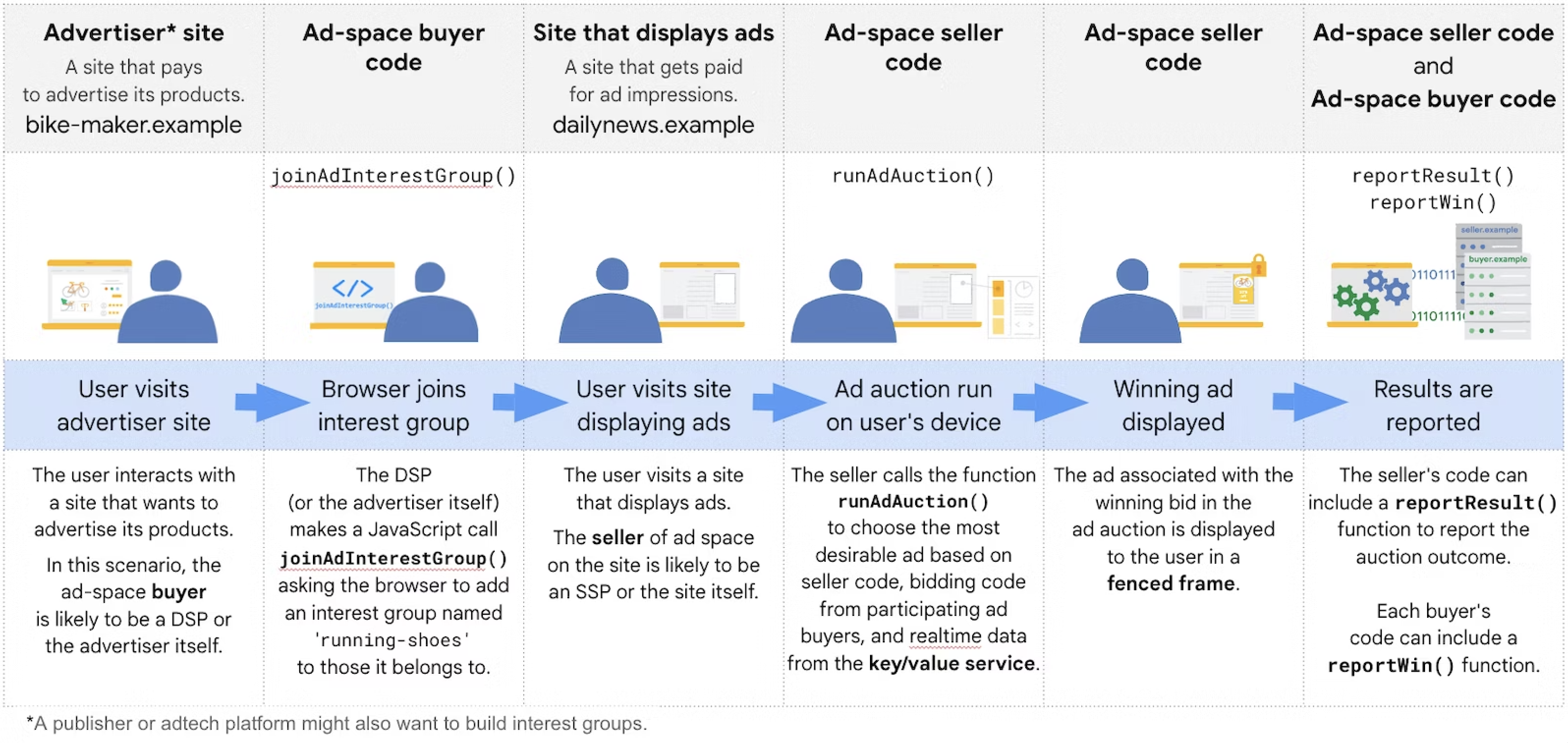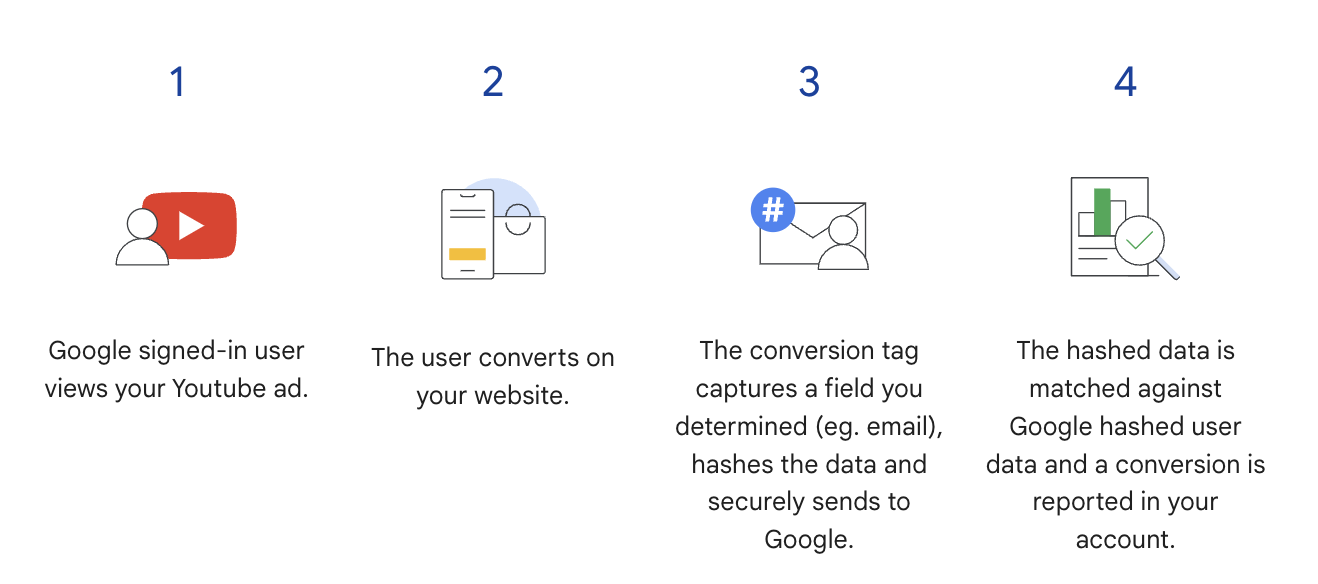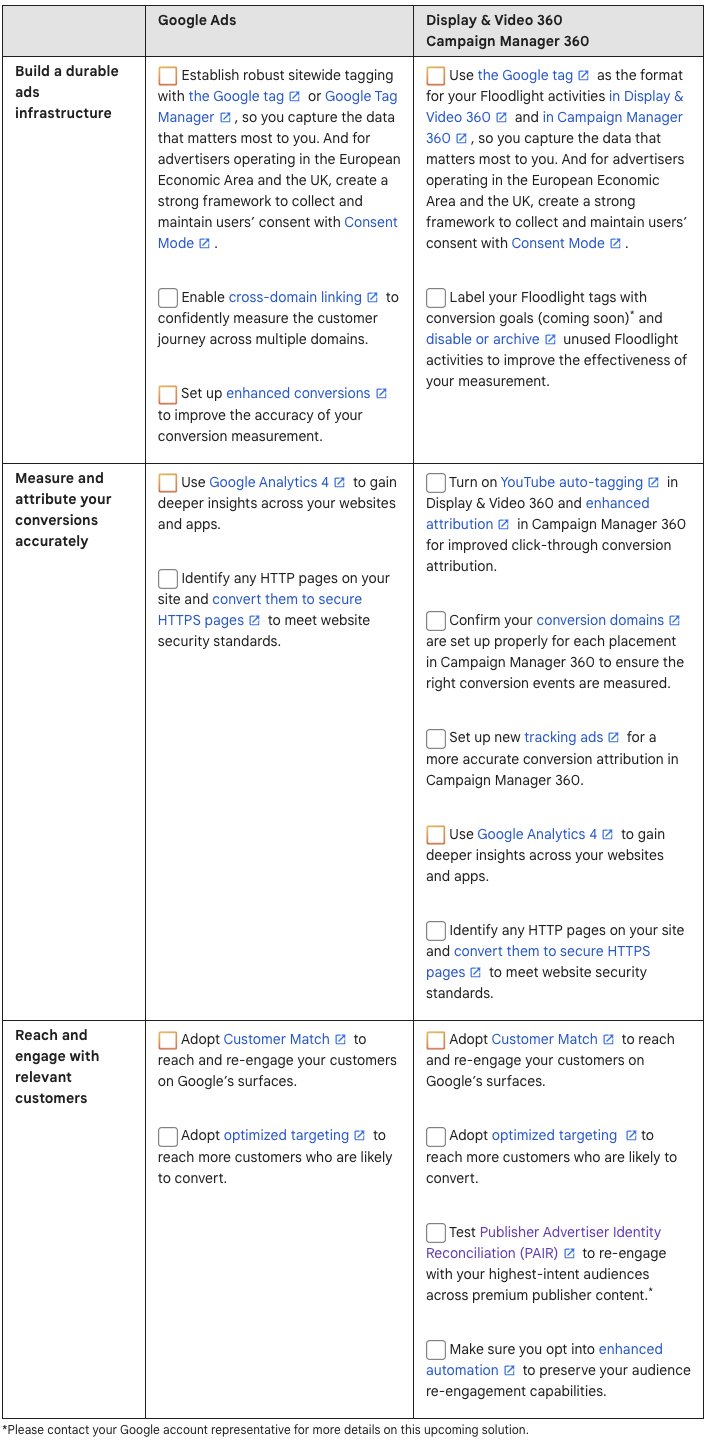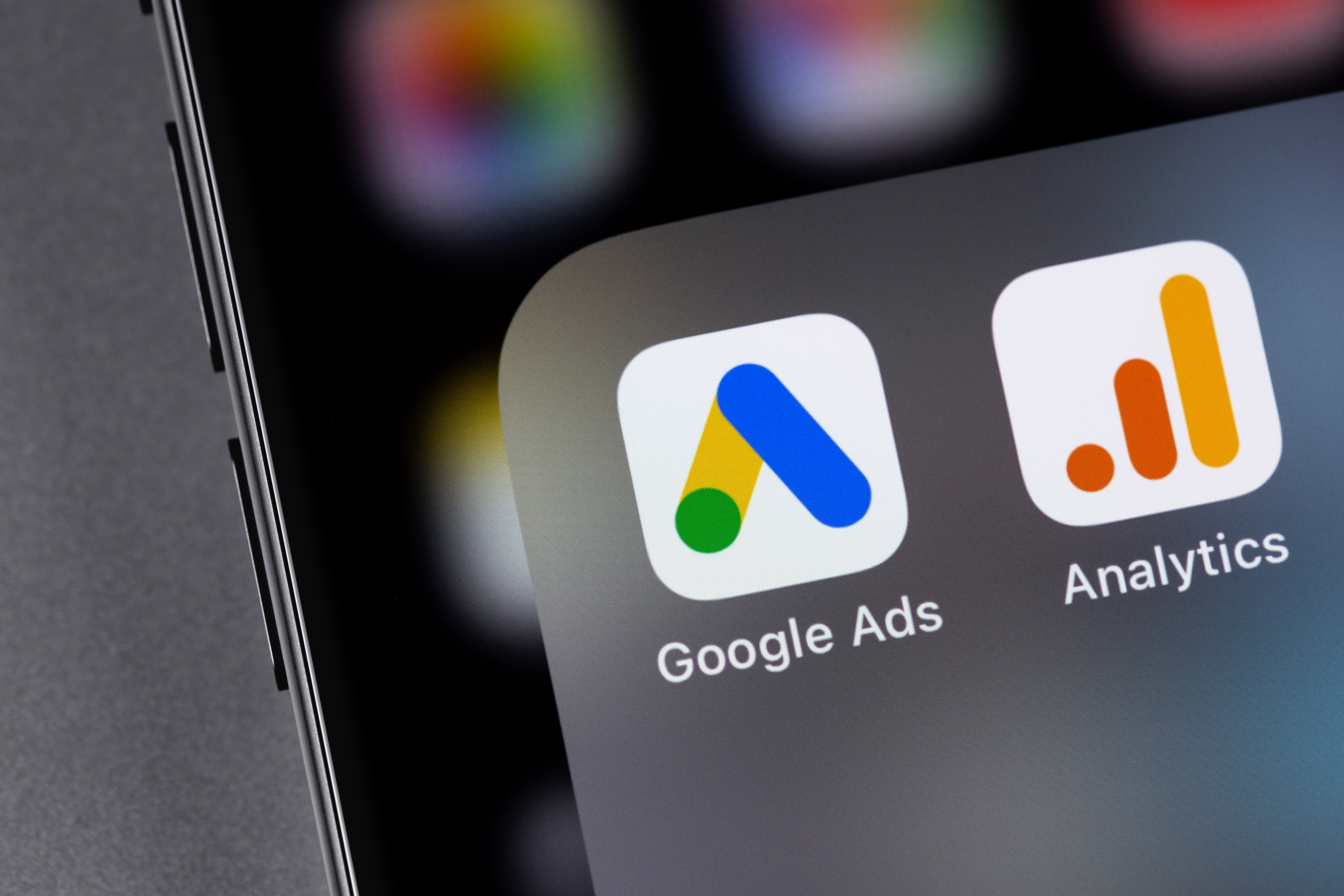Google will roll out new features and integrations for Google Analytics 4 (GA4) for first-party data, enhanced conversions, and durable ad performance metrics.
Beginning in Q1 2024, Chrome will gradually phase out third-party cookies for a percentage of users, allowing for testing and transition.
Third-party cookies, which have been central to cross-site tracking, are being restricted or phased out by major browsers, including Chrome, as part of its Privacy Sandbox project.
The following features should help advertisers “unlock durable performance” while preserving user privacy.
Support For Protected Audience API In GA4
A key feature of recent updates to Google Analytics 4 is the integration of Protected Audience API, a Privacy Sandbox technology that is set to become widely available in early 2024.
This API allows advertisers to continue reaching their audiences after the third-party cookie phase-out.
What Is The Protected Audience API?
The Protected Audience API offers a novel approach to remarketing, which involves reminding users about sites and products they have shown interest in without relying on third-party cookies.
 Screenshot from Google, December 2023
Screenshot from Google, December 2023This method involves advertisers informing the browser directly about their interest in showing ads to users in the future.
The browser then uses an algorithm to determine which ads to display based on the user’s web activity and advertiser inputs.
It enables on-device auctions by the browser, allowing it to choose relevant ads from sites previously visited by the user without tracking their browsing behavior across different sites.
Key Features And Development
Key features of the Protected Audience API include interest groups stored by the browser, on-device bidding and ad selection, and ad rendering in a temporarily relaxed version of Fenced Frames.
The API also supports a key/value service for real-time information retrieval, which can be used by both buyers and sellers for various purposes, such as budget calculation or policy compliance.
The Protected Audience API, initially known as the FLEDGE API, has evolved from an experimental stage to a more mature phase, reflecting its readiness for wider implementation.
This transition is part of Google’s broader efforts to develop privacy-preserving APIs and technologies in collaboration with industry stakeholders and regulatory bodies like the UK’s Competition and Markets Authority.
The Protected Audience API offers a new way to connect with users while respecting their privacy, necessitating a reevaluation of current advertising strategies and a focus on adapting to these emerging technologies.
Support For Enhanced Conversions
Rolling out in the next few weeks, enhanced conversions is a feature enhancing conversion measurement accuracy.
 Screenshot from Google, December 2023
Screenshot from Google, December 2023Enhanced conversions for the web cater to advertisers tracking online sales and events. It captures and hashes customer data like email addresses during a conversion on the web, then matches this with Google accounts linked to ad interactions.
This method recovers unmeasured conversions, optimizes bidding, and maintains data privacy.
For leads, enhanced conversions track sales from website leads occurring offline. It uses hashed data from website forms, like email addresses, to measure offline conversions.
Setup options for enhanced conversions include Google Tag Manager, a Google tag, or the Google Ads API, with third-party partner support available.
Advertisers can import offline conversion data for Google Ads from Salesforce, Zapier, and HubSpot with Google Click Identifier (GCLID).
Proper Consent Setup
To effectively use Google’s enhanced privacy features, it’s essential to have proper user consent mechanisms in place, particularly for traffic from the European Economic Area (EEA).
Google’s EU user consent policy mandates consent collection for personal data usage in measurement, ad personalization, and remarketing features. This policy extends to website tags, app SDKs, and data uploads like offline conversion imports.
Google has updated the consent mode API to include parameters for user data consent and personalized advertising.
Advertisers using Google-certified consent management platforms (CMPs) will see automatic updates to the latest consent mode, while those with self-managed banners should upgrade to consent mode v2.
Implementing consent mode allows you to adjust Google tag behavior based on user consent, ensuring compliance and enabling conversion modeling for comprehensive reporting and optimization.
Consent Mode integration with CMPs simplifies managing consent banners and the consent management process, adjusting data collection based on user choices and supporting behavioral modeling for a complete view of consumer performance.
Durable Ad Performance With AI Essentials
To effectively utilize AI, marketers need robust measurement and audience tools for confident decision-making.
Google provided a general checklist of AI essentials for Google advertisers. In it, advertisers are encouraged to adopt AI-powered search and Performance Max campaigns, engage in Smart Bidding, and explore video campaigns on platforms like YouTube.
Google also offers a more in-depth checklist for Google Ads, Display & Video 360, and Campaign Manager 360.
 Screenshot from Google, December 2023
Screenshot from Google, December 2023More Ways To Prepare For The Third-Party Cookie Phase Out
As third-party cookies are phased out, it’s essential to audit and modify web code, especially focusing on instances of SameSite=None using tools like Chrome DevTools.
Adapting to this change involves understanding and managing both third-party and first-party cookies, ensuring they are set correctly for cross-site contexts and compliance.
Chrome provides solutions like Partitioned cookies with CHIPS and Related Website Sets.
At the same time, the Privacy Sandbox introduces APIs for privacy-centric alternatives, with additional support for enterprise-managed Chrome and ongoing development of tools and trials to assist in the transition.
As Google continues to update resources and documentation to reflect these changes, stakeholders are encouraged to engage and provide feedback, ensuring that the evolution of these technologies aligns with industry needs and user privacy standards.
Featured image: Primakov/Shutterstock





